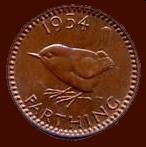













The Paragon Of Metal Detecting
Powered By Sispro1
British Sterling Currency - Numismatics,
Sovereign
For Reference ONLY
Everything For The Detectorist
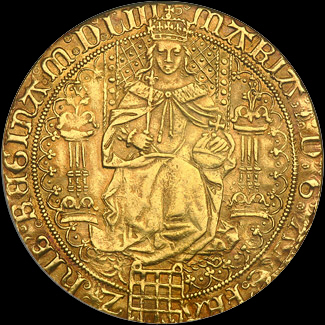
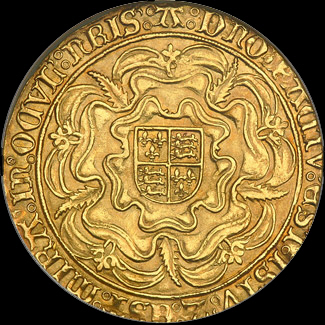
Mary I 1553-1558 AD
Royal Monarchy
Copyright All Rights Reserved by Nigel G Wilcox E-Mail: ngwilcox100@gmail.com
Designed by Nigel G Wilcox

INFORMATION - DATA
Pages
Queen Mary restored the old policy, in terms of technical specifications for gold coins. (She did not restore the traditional silver to gold ratio.) From the late 1480s until 1526, and again in 1553, each Gold Sovereign was specified to weigh one half of a troy ounce, 240 grains. In past centuries, the quality of the planchets for any single coin issue often varied to a large extent. The planchet used for this Mary I Gold Sovereign was exceptional. It is more round than usual, has minimal surface imperfections, is relatively flat, and seems to have been was properly heated (annealed) before being struck.
On pre-1800 coins, especially on pre-1600 coins struck by hand (hammered), rather than by machine, imperfections in the planchet and imperfections arising during the striking of each coin are not unusual. Such imperfections are taken into consideration when a coin is graded and otherwise evaluated. Mint caused imperfections relating to the rims and edge of a coin do not usually prevent a hammered coin from being gradable.
Mary Tudor was the first Queen Regnant of England and among the first in Europe. In terms of royalty, there are two kinds of queens. The wife of a king is a queen, a queen consort, who may or may not wield substantial power. The formal role of a queen consort was very limited. In contrast, when a female becomes queen on her own (not through marriage) and becomes the primary ruler, she then becomes a ruling monarch, a queen regnant.
On pre-1800 coins, especially on pre-1600 coins struck by hand (hammered), rather than by machine, imperfections in the planchet and imperfections arising during the striking of each coin are not unusual. Such imperfections are taken into consideration when a coin is graded and otherwise evaluated. Mint caused imperfections relating to the rims and edge of a coin do not usually prevent a hammered coin from being gradable.
Mary Tudor was the first Queen Regnant of England and among the first in Europe. In terms of royalty, there are two kinds of queens. The wife of a king is a queen, a queen consort, who may or may not wield substantial power. The formal role of a queen consort was very limited. In contrast, when a female becomes queen on her own (not through marriage) and becomes the primary ruler, she then becomes a ruling monarch, a queen regnant.
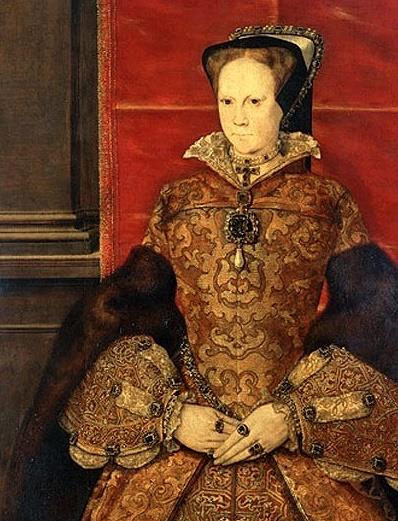
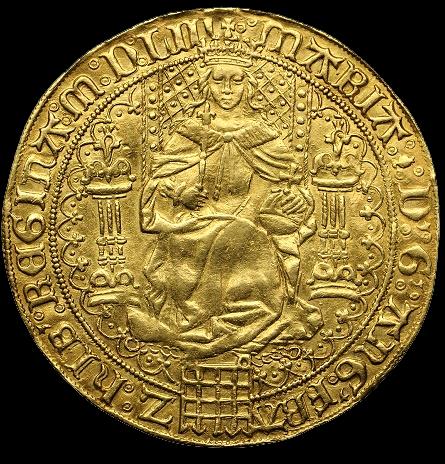
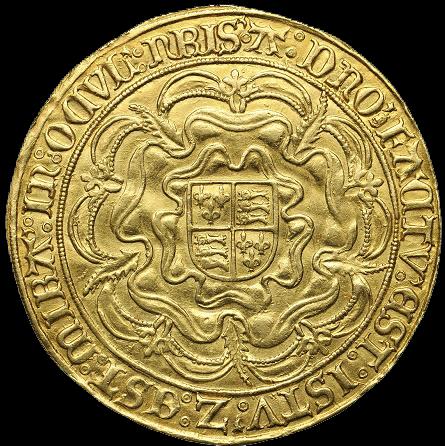
Sovereign
Mary I
Main Coin Menu

VIEW ALL MENUS
Member NCMD
6. S. Menu
























